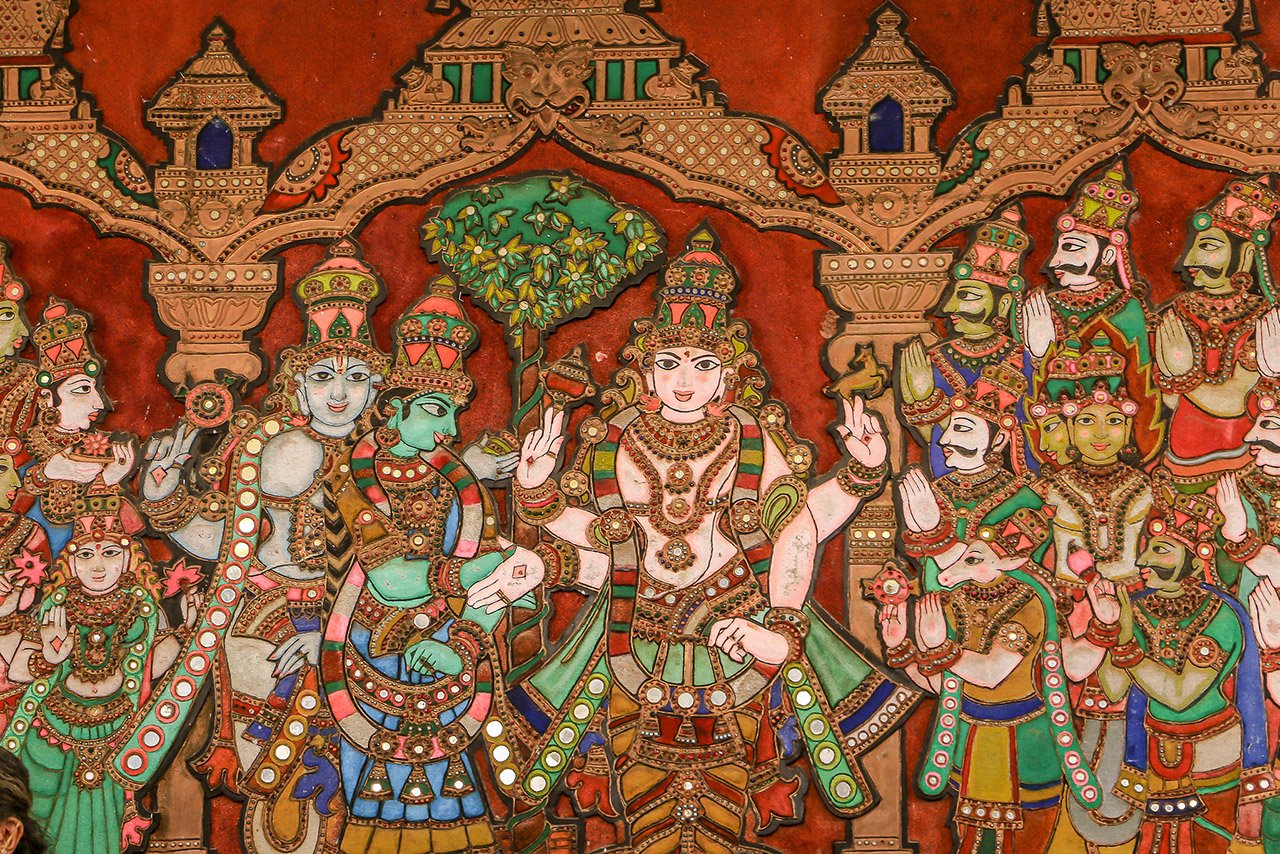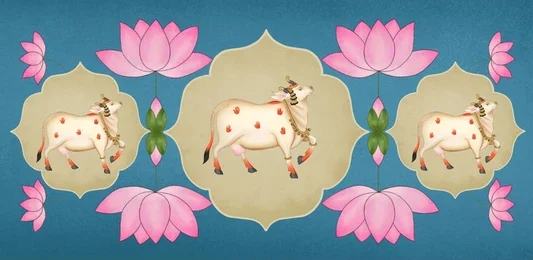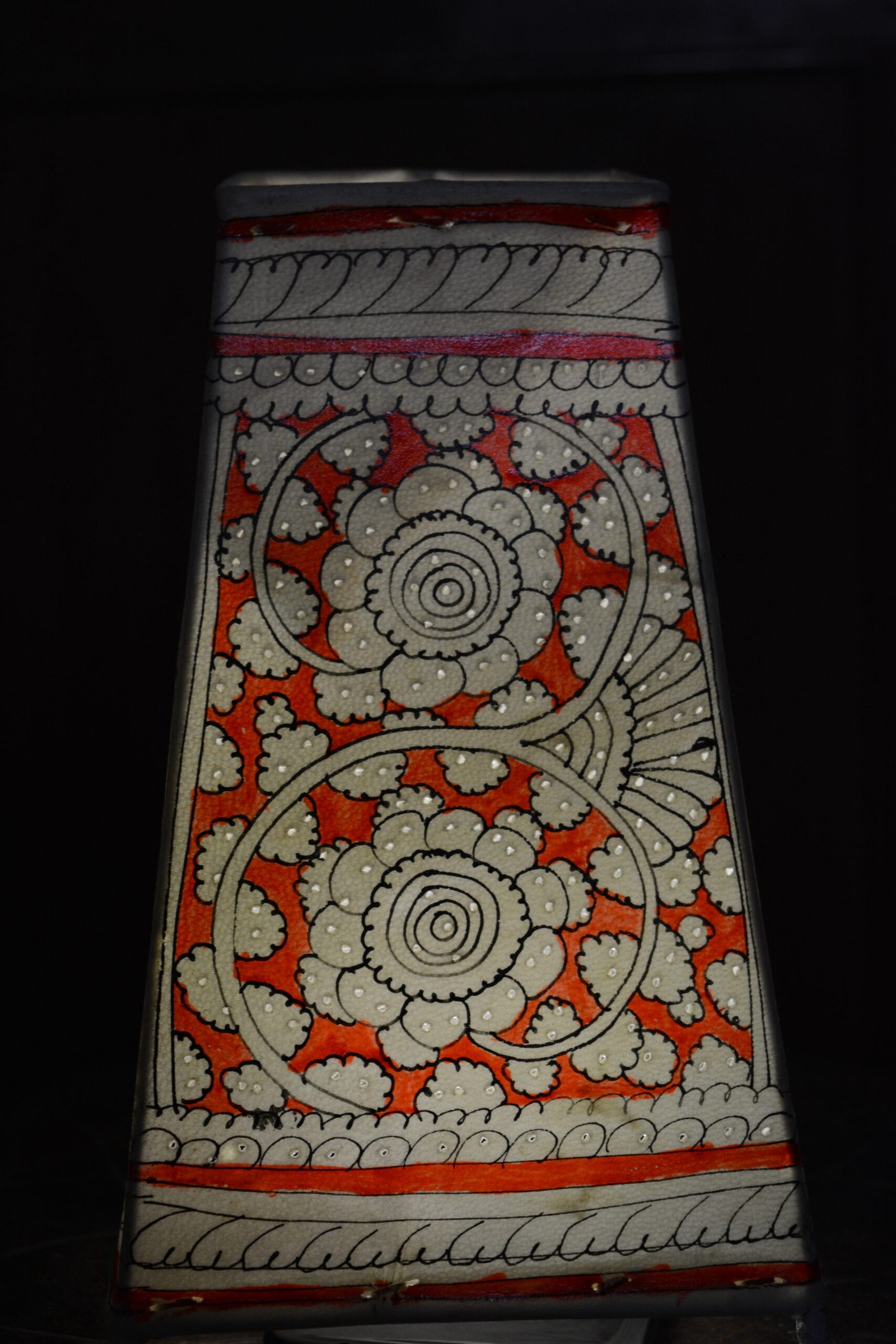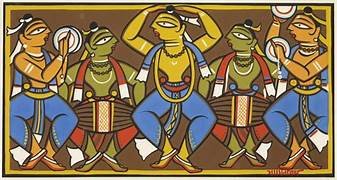
Art History
Religious and Devotional Art
Exploring Timeless Indian Art Forms and Their Products
Source: The images featured on the page are sourced from the internet and are used solely for reference and informational purposes.
Explore Us
Support
Account
Feedback
Support Center
Our Stores



